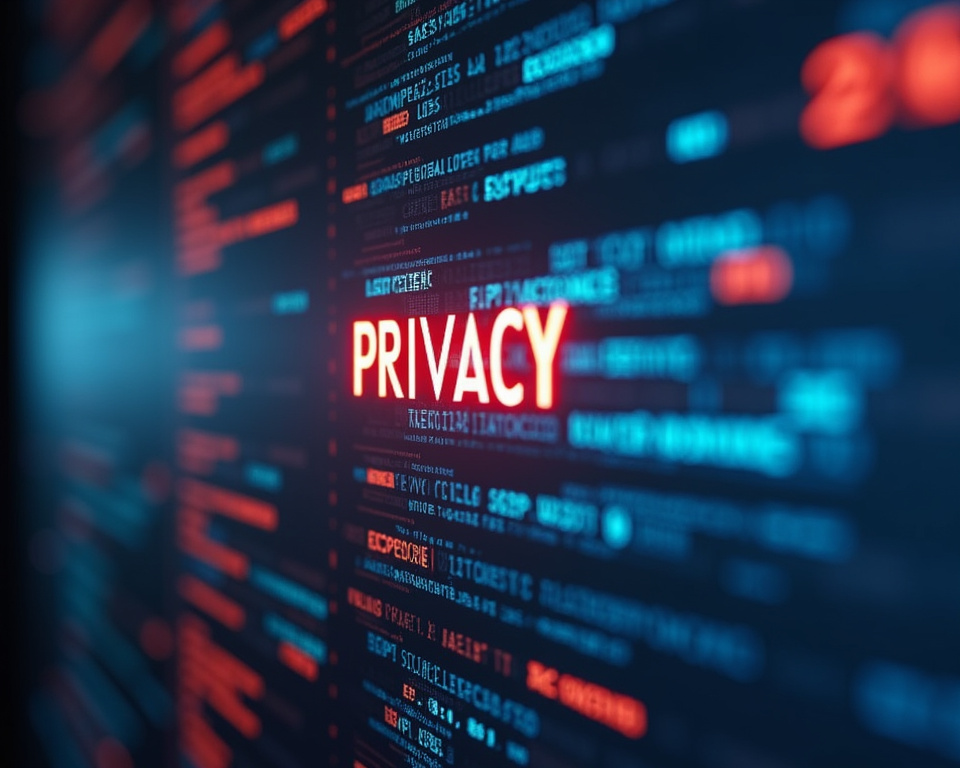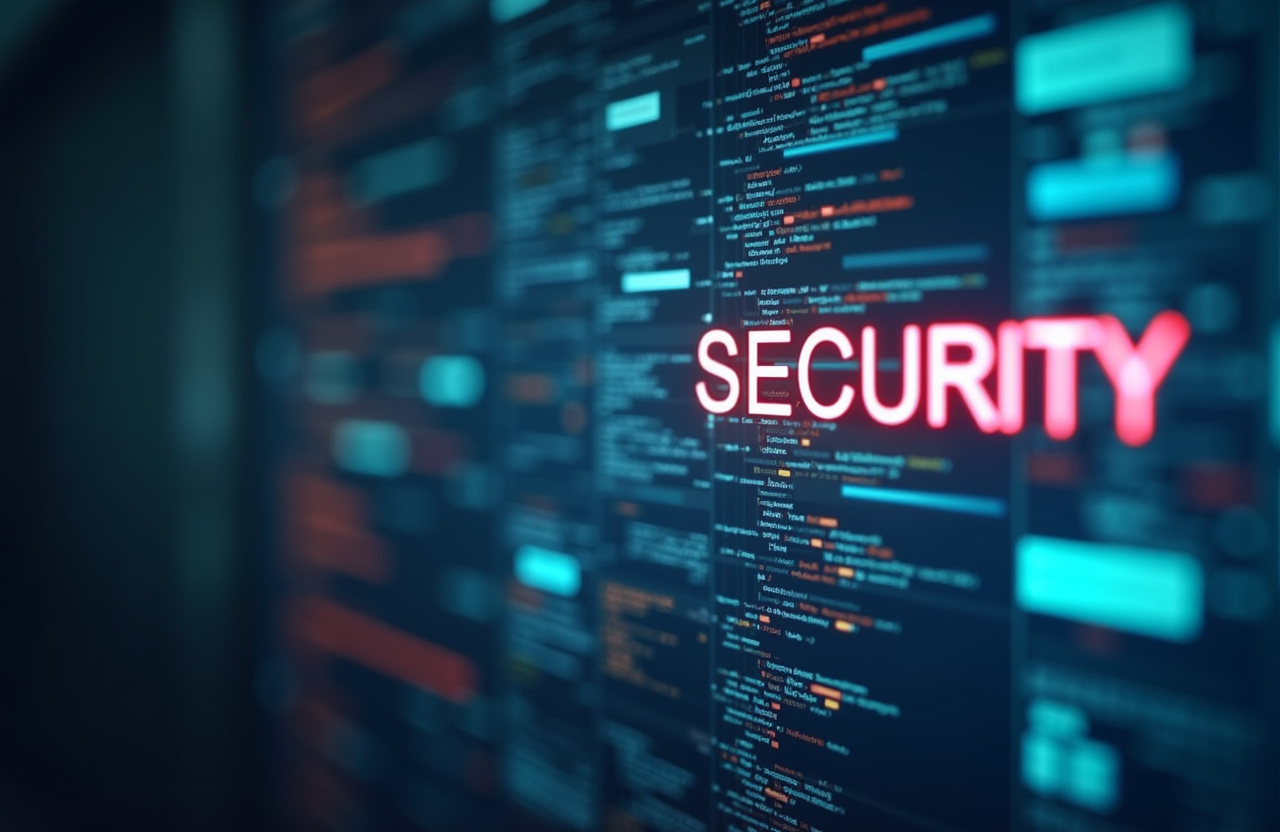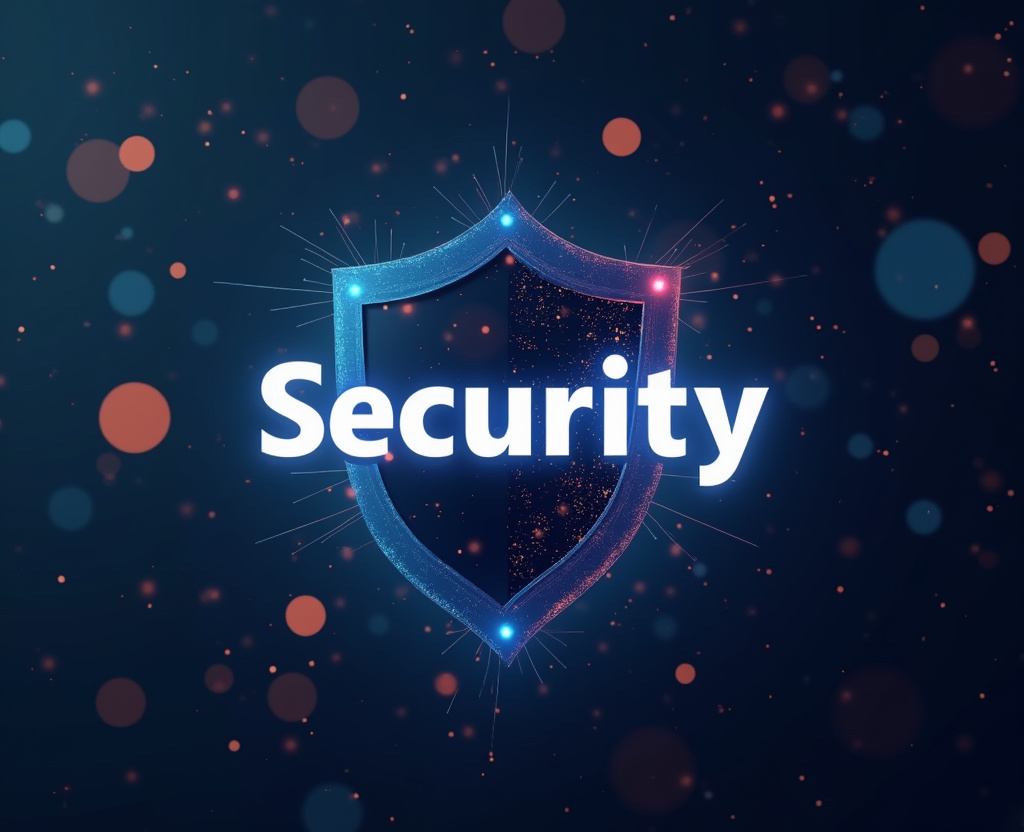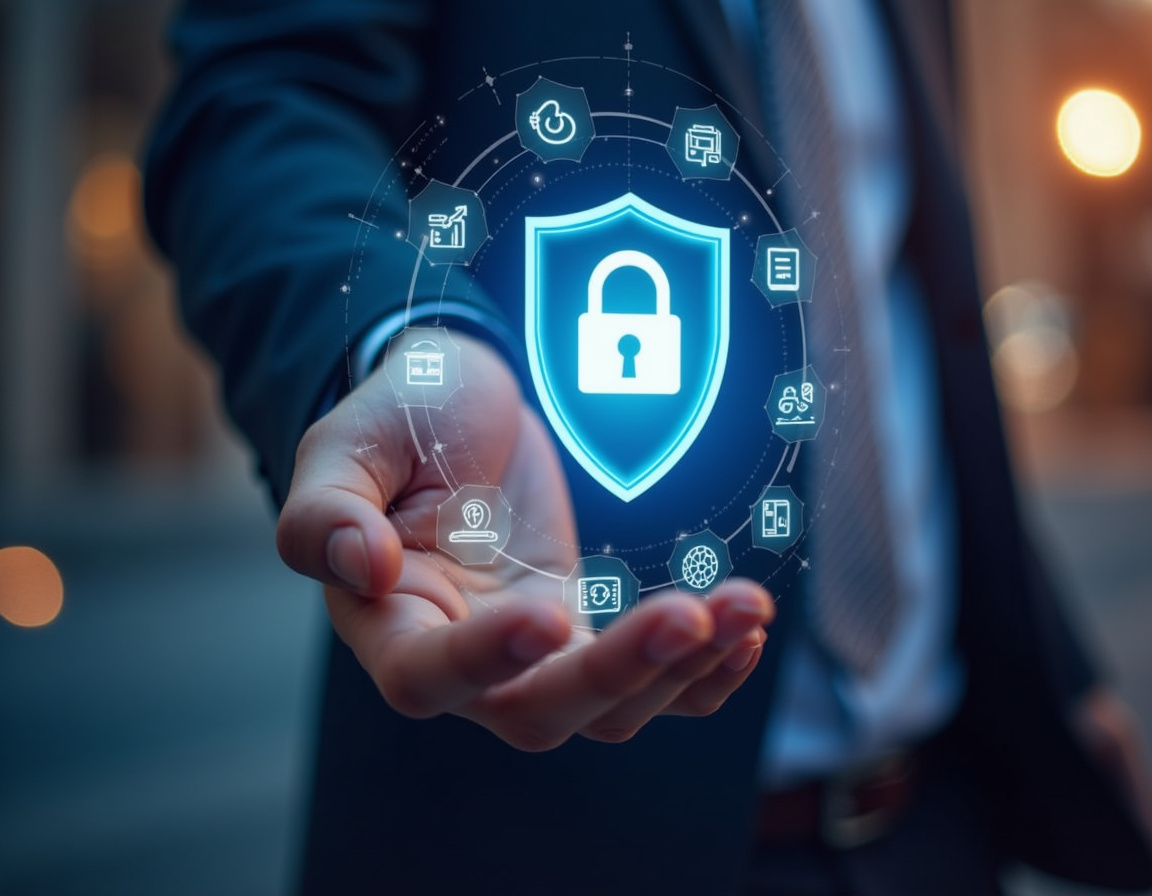VPNs for Media Companies: Protecting Content Distribution
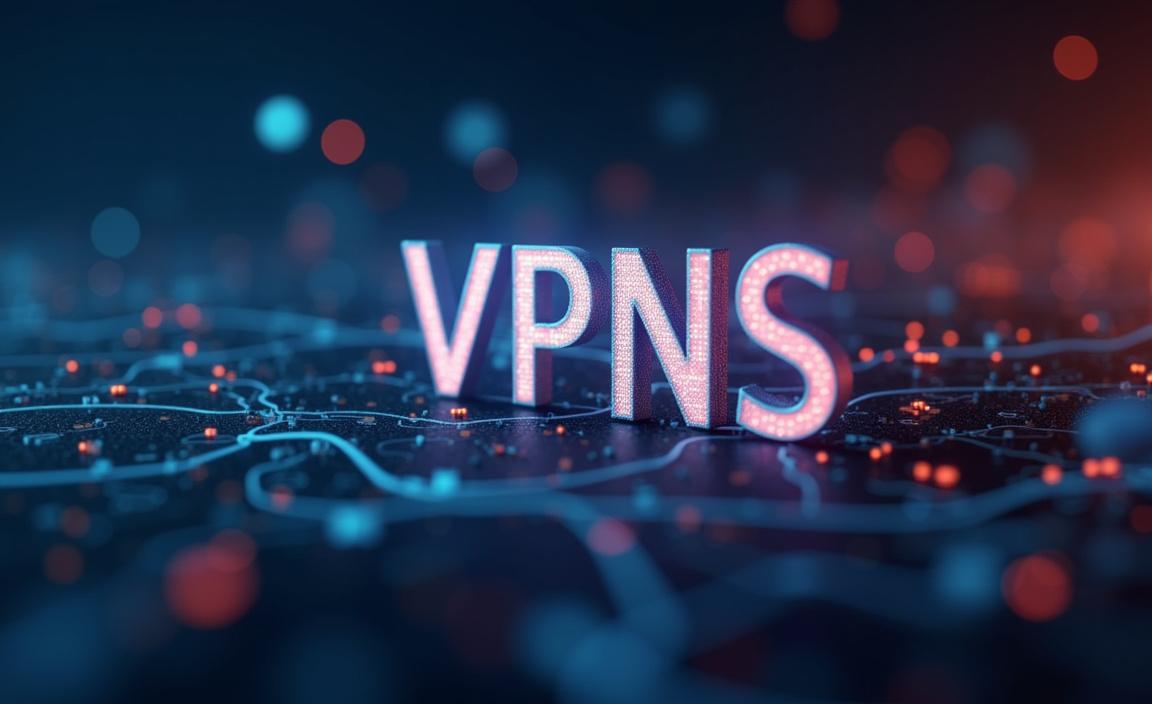
VPNs for Media Companies: Protecting Content Distribution in the Digital Age
In today's rapidly evolving media landscape, the ability to securely and efficiently distribute content is paramount. From streaming services delivering blockbuster movies to news organizations broadcasting live events from around the globe, media companies face unprecedented challenges in protecting their valuable digital assets. The threat of piracy, data breaches, and unauthorized access is a constant concern, requiring robust security measures to safeguard sensitive information and maintain a competitive edge.
Virtual Private Networks (VPNs) have emerged as an indispensable tool for media organizations, offering a secure and reliable means of protecting content distribution across diverse channels. They provide encrypted connections, shielding data from prying eyes, and enabling secure access to resources from remote locations. This article delves into the critical role of VPNs in the media industry, exploring their benefits, implementation strategies, and the unique considerations for protecting broadcast and digital content.
The heart of any media company lies in its content, and securing its distribution is of utmost importance. A dedicated *media VPN* solution acts as a protective shield, ensuring that sensitive data, such as pre-release films, confidential scripts, and proprietary news reports, are transmitted securely. When journalists report from remote locations, a VPN ensures their transmissions back to the newsroom remain hidden from potential eavesdroppers.
Protecting *content distribution* is not just about preventing theft; it also means ensuring the integrity and authenticity of the content itself. A compromised file can have devastating consequences, potentially leading to financial losses, reputational damage, and even legal liabilities. In the context of *broadcast security*, a VPN plays a crucial role in safeguarding live broadcasts from unauthorized access and manipulation.
Imagine a scenario where a hacker intercepts a live news feed and replaces it with false or misleading information. The consequences could be far-reaching, undermining public trust and inciting social unrest. These scenarios are particularly relevant in today's world.
As media consumption increasingly moves to digital platforms, the need for effective *digital protection** intensifies. With the growing reliance on cloud-based storage and streaming services, media companies must ensure that their content is protected at every stage of the distribution process. A VPN provides a secure tunnel for all online activities, preventing eavesdropping, data interception, and other potential compromises.
It's important to consider the ever-changing landscape in digital protection. By incorporating a *VPN for media* into their overall security architecture, media companies can create a robust defense against cyber threats and maintain a secure foundation for collaboration, innovation, and growth. The implementation of a strong VPN also makes compliance with data privacy regulations easier.
Furthermore, a VPN helps media companies to manage geo-restrictions effectively. Beyond security, VPNs also offer significant operational advantages. They enable remote teams to work together seamlessly, regardless of their physical location, facilitating collaboration on projects and speeding up production cycles.
Media companies often have teams spread across different countries contributing to the creation and distribution of a single project. By using a VPN, they can securely access shared resources and data, ensuring that everyone is on the same page. A VPN enhances operational efficiency by providing secure access to resources from remote locations, facilitating seamless collaboration among journalists, editors, and production teams worldwide.
By addressing vulnerabilities and strengthening security protocols, media companies can protect their valuable assets and maintain a trusted reputation in the industry. The successful operation of a VPN depends not only on its hardware and software components and overall configuration but also on a number of best practices. These include security policy rules that specifically apply to the VPN, the integration of firewall packet filtering with VPN traffic, and auditing the VPN to make sure it is performing appropriately to the organizations requirements.
The operational benefits of *VPN for media* extend beyond mere security, offering tangible advantages in terms of efficiency, compliance, and competitive positioning. *Content distribution* often involves transmitting large files, such as high-resolution videos and audio tracks, across geographically dispersed locations. A VPN can optimize this process by providing a dedicated and encrypted channel, minimizing the risk of data corruption and unauthorized interception.
The speed and reliability gains alone are invaluable, especially when dealing with time-sensitive content such as news broadcasts or live events. Imagine the frustration of a editing team who are waiting for days on end for large files to transfer, that is where a VPN comes in incredibly handy. In addition, the use of a *media VPN* can facilitate secure collaboration among remote teams, enabling journalists, editors, and producers to work together seamlessly, regardless of their physical location.
This increased flexibility can significantly enhance productivity and reduce operational costs. For example, a production team working on a film project can securely share and edit footage from different locations, streamlining the post-production workflow. Furthermore, a robust VPN solution contributes to *broadcast security* by protecting live feeds from unauthorized access and ensuring the integrity of transmitted signals.
Imagine a news organization reporting live from a conflict zone; a secure VPN is vital in preventing the feed from being intercepted or manipulated by malicious actors. The implications of such an event could be catastrophic, undermining public trust and potentially endangering lives. The risk is clear, and the need to implement a VPN is vital for not only protecting broadcast security, but also for preventing potential catastrophes and loss of life.
Protecting *digital protection* and preventing unauthorized distribution is also essential for safeguarding revenue streams. Digital rights management (DRM) is a common technique used to control access to copyrighted content, and VPNs can complement DRM by providing an additional layer of security. VPNs help prevent geo-restrictions enabling media companies to control distribution rights within specific regions, therefore securing broadcast agreements.
Consider a streaming service that has exclusive rights to distribute a particular film in certain countries. A VPN can help prevent users from circumventing these geo-restrictions and accessing the content from unauthorized locations. Furthermore, the utilization of a VPN ensures compliance with privacy regulations by encrypting data and preventing unwanted access.
The ability to control access to content based on geographic location is crucial for complying with licensing agreements and maximizing revenue opportunities. Also, a well put together VPN enables your company to follow through with the legal contracts and arrangements that have already been agreed upon. Moreover, a well-implemented VPN facilitates compliance with data privacy regulations, by encrypting sensitive personal data and preventing unauthorized access.
Adherence to these regulations is not only a legal requirement but also a matter of ethical responsibility, demonstrating a commitment to protecting the privacy of viewers and subscribers. Ethical responsibility must be taken seriously. The use of a VPN ensures legal compliance, safeguards content, and enhances operational effectiveness.
By investing in a comprehensive *VPN for media* , companies can safeguard content, enhance operational effectiveness, and establish a trusted reputation in a competitive market such as what we see today. It's more than just a security tool; it's a strategic asset that empowers media organizations to thrive in the digital age. This strategic asset enables more efficiency, more security and allows companies to safeguard content, enhance operational effectiveness, and establish a trusted reputation in a competitive market.
The reputation of the company involved may make or break a company. From protecting financial information to securing client information, the consequences of not utilizing a comprehensive VPN are devastating.
Choosing and deploying a *media VPN* requires careful consideration of several factors, including security protocols, performance, scalability, and ease of management. Selecting the right VPN technology is only the first step; proper configuration, monitoring, and maintenance are equally important. In ensuring robust *content distribution*, the VPN must support strong encryption standards, such as AES-256, to safeguard data from unauthorized access.
AES-256 (Advanced Encryption Standard with a 256-bit key) is widely recognized as one of the most secure encryption algorithms available, providing a high level of protection against brute-force attacks and other decryption attempts. The choice of tunneling protocol also plays a critical role in determining the overall security and performance of the VPN. OpenVPN is often preferred for its open-source nature, strong security features, and compatibility with a wide range of devices and platforms.
Its flexibility and customizability make it a popular choice among security professionals. IKEv2/IPsec offers a good balance of security and speed, making it suitable for mobile devices and remote access. WireGuard, a relatively new protocol, is gaining traction for its simplicity and performance advantages.
In terms of *broadcast security*, it is also necessary to consider robust and secure options and not rely solely on protocols which may not live up to the standards. The VPN should feature low latency and high bandwidth to ensure smooth and uninterrupted transmission of live feeds. High latency can cause delays and disruptions, while insufficient bandwidth can lead to buffering and poor video quality.
The ability to prioritize traffic based on application type is also desirable, allowing critical broadcast streams to take precedence over less time-sensitive data. Quality of Service (QoS) mechanisms can be used to prioritize traffic based on its importance, ensuring that critical applications receive the bandwidth and resources they need. Robust *digital protection* incorporates multiple layers of security, including intrusion detection and prevention systems, firewalls, and endpoint security solutions.
These form robust defensive strategies and are a crucial component of data protection against all threat actors. A *VPN for media* is an integral part of this layered approach, providing an additional layer of defense against cyber threats. Think of the VPN as yet one more layer of protection that must be taken into consideration.
Scalability is another crucial consideration, particularly for media companies with rapidly growing operations. The VPN should be able to accommodate an increasing number of users and devices without compromising performance. Load balancing techniques can be used to distribute traffic across multiple VPN servers, preventing any single server from becoming overloaded.
Centralized management tools can simplify the process of deploying, configuring, and monitoring the VPN, reducing the burden on IT staff. Centralized Management helps IT staff administer the system. Regular security audits and penetration testing are essential for identifying vulnerabilities and ensuring the effectiveness of the VPN.
Security best practices are essential. Security audits should be performed regularly so as to address security vulnerabilities. Employee training is also crucial, educating users about best practices for secure access and preventing social engineering attacks.
Social engineering attacks are a genuine threat and staff should be adequately prepared for the inevitability of such attacks. A well-trained staff is your first line of defense and are as or even more important than the technology itself. These measures are crucial for maintaining a strong security posture and protecting valuable media assets.
The steps involved in deploying a VPN are not to be taken lightly.
Effective deployment of *VPN for media* involves a strategic approach that aligns with the unique needs and challenges of the organization. This encompasses a thorough assessment of existing infrastructure, identification of potential vulnerabilities, and meticulous planning for integration and rollout. Without careful strategy and preparation, there is potential for failure down the line.
A well-defined VPN policy is essential for providing clear guidelines on acceptable use, security protocols, and incident response procedures. Such a policy should cover a wide range of topics, including password management, remote access protocols, data encryption standards, and procedures for reporting security incidents. It should be regularly reviewed and updated to reflect changes in the threat landscape and the organization's operational requirements.
Secure *content distribution* demands a multifaceted security posture, incorporating not only VPN technology but also robust firewalls, intrusion detection systems, and data loss prevention (DLP) tools. Firewalls act as a barrier between the organization's network and the outside world, blocking unauthorized access and preventing malicious traffic from entering. Intrusion detection systems monitor network traffic for suspicious activity, alerting security personnel to potential attacks.
DLP tools prevent sensitive data from leaving the organization's control, either intentionally or unintentionally. Regular security audits are essential for identifying weaknesses in the security infrastructure and ensuring that all components are functioning effectively. These audits should be conducted by qualified security professionals who can provide objective assessments and recommendations for improvement.
The successful implementation of a *media VPN* also depends on effective employee training. Users need to be educated about the importance of secure access practices and the risks associated with phishing attacks, malware, and other cyber threats. They should also be trained on how to use the VPN correctly and how to report any suspicious activity.
Creating a security-conscious culture within the organization is crucial for minimizing the risk of human error and ensuring that all employees are actively involved in protecting sensitive data. A security conscious and well educated staff help prevent easy wins for cyber attackers. Organizations should invest in training and simulated real world exercises for their staff.
Moreover, organizations should establish clear incident response procedures for dealing with security breaches and data leaks. These procedures should outline the steps to be taken in the event of a security incident, including containment, investigation, remediation, and communication. A well-defined incident response plan can help minimize the damage caused by a security breach and ensure that the organization can quickly recover and resume normal operations.
Investing in a robust *VPN for media* requires an attitude of diligence and a willingness to continue to strengthen your organization's security controls. VPN security should be taken seriously for data integrity. By incorporating a VPN with other security protection measures, companies can provide maximum protection.
Ongoing vigilance allows for identifying weaknesses in media and ensuring the organization is functioning safely. Through due diligence and a willingness to uphold safety standards, a VPN allows orgnaizations to function effectively. Furthermore, the VPN must incorporate the latest security enhancements to avoid network and data intrusions from malicious actors.
A layered security approach is the best approach and a VPN is an essential component of such a strategy. Ensure also that the VPN features strong encryption to ensure that all possible threat actors can be taken care of. VPNs help protect the integrity of data from prying eyes and potential data breaches.
In conclusion, *VPN for media* solutions are no longer a luxury but a necessity for media companies operating in today's complex and threat-filled digital environment. The benefits extend far beyond simple security, encompassing improved efficiency, enhanced collaboration, regulatory compliance, and the safeguarding of valuable intellectual property. Prioritizing *content distribution* safety means building into strategic planning a robust solution that takes every known and even unknown entity into consideration.
The ability to securely and reliably distribute content is critical for maintaining a competitive edge and building trust with audiences and partners. Organizations should do not only use a solution but also continue to update it to consider all avenues. From pre-release films to live news broadcasts, the importance of securing media assets cannot be overstated.
The need for robust *broadcast security* is becoming ever more critical as media organizations increasingly rely on digital platforms for distribution. A VPN provides a secure and encrypted channel for transmitting live feeds, protecting them from unauthorized access and manipulation. This ensures the integrity of news reports, sporting events, and other live programming, maintaining public trust and preventing the spread of misinformation.
Consider what consequences are possible if broadcast security does not exist. With the rise of digital content consumption, organizations are now having to adopt extra safety measures in line with the increasing digital demand from consumers. Effective *digital protection* requires a multilayered approach, with a *media VPN* serving as a core component.
By encrypting network traffic and providing secure access to resources, a VPN helps prevent data breaches, piracy, and other cyber threats. This protects revenue streams, safeguards intellectual property, and maintains the integrity of the content itself. Failure to protect digital assets can result in significant financial losses, reputational damage, and even legal liabilities.
As such, prioritizing digital protection and a layered approach enables more effective security. The correct implementation of a VPN comes down to having a good strategy and choosing the best way forward according to your organizational needs. When selecting a VPN, media companies should carefully and comprehensively vet VPN vendors to ensure that they are fully able to meet the specific security, performance, and scalability requirements of your business.
They should prioritize features like strong encryption, low latency, high bandwidth, centralized management tools, and robust incident response procedures. It is also important to consider the vendor's reputation, track record, and commitment to ongoing security improvements. Always research, consult experts and take an informed decision before engaging with a new vendor.
Ultimately, investing in a comprehensive VPN solution is an investment in the future of the media company. You may see it as simply a new expense for the company, but it should be viewed as an essential component in running your business and protecting its future. By prioritizing security, efficiency, and compliance, media organizations can position themselves for success in the ever-evolving digital landscape.
They can safeguard their valuable content, maintain the edge over competition, and build lasting relationships with their audiences. Always keep these factors in mind. VPN services enable your organisation to excel and will result in you being more proactive and one step ahead of potential risks.
Invest today for a better tomorrow. The future is now.
Stay Updated
Get the latest VPN news, tips, and exclusive deals to your inbox.
